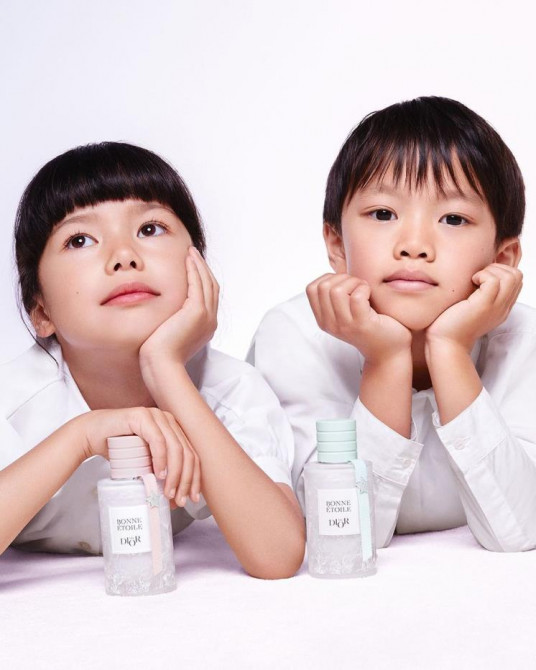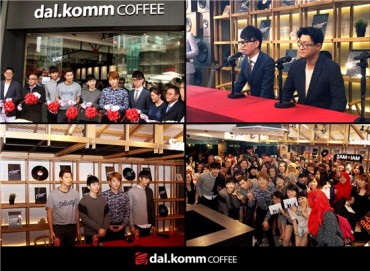
The Shinsegae Department Store in Gangnam recently welcomed a dedicated gift shop for Baby Dior, following a 15% increase in sales of imported children’s products last year. (Image provided by Shinsegae Department Store)
SEOUL, Mar. 12 (Korea Bizwire) – In South Korea, a somewhat surprising economic trend is unfolding: despite the nation’s birth rates hitting new lows each year, the market for premium children’s products continues to expand.
This growth is largely driven by the “ten pocket” trend, where up to ten family members are willing to open their wallets for a single child.
This collective investment in the younger generation is propelling companies across various sectors to focus more on children’s products, from food companies launching new items tailored for kids to retailers pouring resources into expanding their children’s sections.
According to a recent report by Euromonitor International, the domestic market for children’s clothing experienced an increase of 8.6% last year, reaching a valuation of 2.45 trillion won. The children’s footwear market also saw a significant boost to 454.8 billion won, a 14.7% increase from the previous year.
This growth comes in stark contrast to the country’s total fertility rate, which plummeted from 1.24 in 2015 to 0.78 last year, indicating a shrinking younger population.
The market’s response to premium products and brands is particularly noteworthy. For instance, Harim’s “Foodie Buddy,” a children’s ramen launched last November, surpassed sales of 7 million units within just four months despite its relatively high price of nearly 7,000 won for a four-pack.
In the health and nutrition sector, companies like Jung Kwan Jang are continually diversifying their product lines for children. This month, the company introduced new multivitamin gummies catering to the nutritional needs of growing children.
The market for gummy and jelly-form health supplements has seen robust growth, estimated to have increased from 33.1 billion won in 2020 to 69.3 billion won in 2023, according to the Korea Health Supplement Association.
These products are particularly popular among households with children under 9, with a purchase rate more than double the national average.
Retailers are also targeting the luxury segment, with high-end brands making significant inroads into the children’s market. For example, the Shinsegae Department Store in Gangnam recently welcomed a dedicated gift shop for Baby Dior, following a 15% increase in sales of imported children’s products last year.
Lotte Premium Outlets in Paju has also revamped its children’s section ahead of the new school term, showcasing 18 brands over an expansive 2000 square meter area.
Industry insiders note that as gifts for newborns and childcare products become more luxurious, retailers are striving to meet the sophisticated demands of their customers. This trend underscores a broader societal shift towards investing heavily in the younger generation, reflecting changing family dynamics and consumer preferences in South Korea.
M. H. Lee (mhlee@koreabizwire.com)






